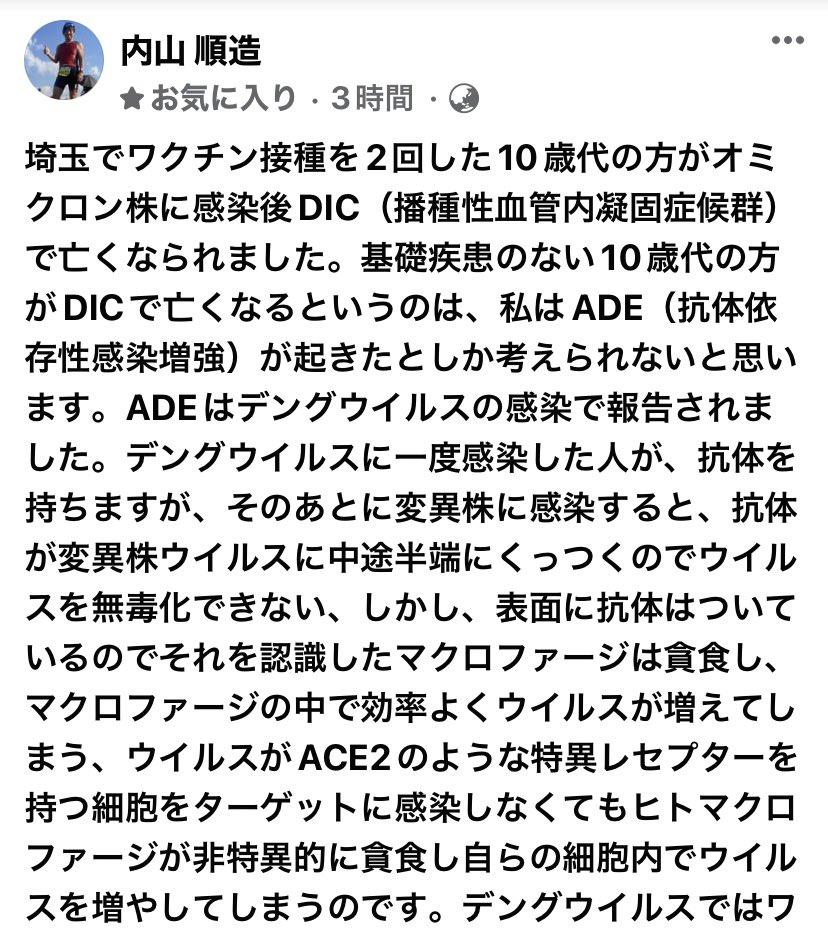Now that video distribution has spread, how has the meaning of the "aspect ratio" of movies changed?

PHOTOGRAPH: SMUTNYPAN/GETTY IMAGES
You don't often think about the aspect ratio of the movie you're watching. But everyone involved in cinema, from movie makers to streaming services, is paying more attention to the shape of the screen than ever before. From the sequel to "Top Gun" to the latest "Jurassic Park", will the aspect ratio (vertical and horizontal ratio) of the next movie to watch in 2022 be the tall "IMAX Enhanced"? Oblong ultra wide? Or is it almost square? But perhaps most importantly, why would filmmakers and studios bother to change the ratio?
What does "aspect ratio" actually mean?
Before thinking about it, let's first explain in detail what the aspect ratio is and why it's important, with examples. The aspect ratio of a movie is simply the width-to-height ratio of a frame. Usually expressed as a ratio. For example, most TVs and PC monitors are 1.77:1 (often described as "16:9" for consumers), which means that the width of the screen is 1.77 times longer than the height. Meaning. If the second number (vertical) is 1, the larger the first number (horizontal), the wider the screen. This may sound like a jargon only moviegoers care about. Certainly there are such parts, but when asked what the "standard" aspect ratio is, the answer is somewhat vague. In the past, when filming movies, the aspect ratio was decided first before shooting began, so that aspect ratio was used as it was in the completed work. However, recently, various streaming services, from YouTube to Disney+, have become popular, and people are watching on a wider screen. Sometimes it can be displayed without the obtrusive black bars at the top and bottom. You can even choose your preferred aspect ratio. So why do different filmmakers adopt different aspect ratios? And what proportions do viewers prefer and when? I would like to consider this point.
Filmmaker's Pain
Where to place the actor in the frame and what part of the environment around him to show. What element do you want to focus on? The work of deciding such a composition is difficult and creative. But before that, there is something that must be decided. The aspect ratio of the frame. This is a bigger decision than you might think. For example, in The Avengers movies, Hulk and the much smaller Black Widow are often framed together. If this work were shot in the 2.39:1 aspect ratio used in many theatrical films, it would be difficult to fit the two in the same frame. So The Avengers opted instead for the common but relatively tall aspect ratio of 1.85:1, which allowed for space above and below. If you're going to tell an epic story, a tall screen can make an impact, says director Scott Derrickson, known for "Doctor Strange" and "Footage." “The extremely tall IMAX frame creates an intuitive and wonderful cinematic experience. In my experience, it's especially good for action movies, and I don't even watch 3D movies outside of IMAX." This is one of the reasons why I chose the aspect ratio of 1.33:1, which is close to analog TV. This ratio emphasizes the physique of a tall, beefy superhero like Batman. With a tall, not-too-wide frame, you can fit the entire human character in a dramatic pose, with very little white space on the sides. The scene would look especially impressive on an IMAX screen. However, after Zack Snyder stepped down as director, Justice League was changed to a more traditional widescreen aspect ratio and released theatrically. On the other hand, Snyder's director's cut of "Justice League" (commonly known as "Snyder cut") was finally 1.33: 1, but the TV screen, which is the viewing environment for many people, has a wide width, so black on the side A band remains. This highlights the problem facing filmmakers in choosing aspect ratios. Even if you envision an ideal viewing experience and shoot it, many people (and in some cases, almost everyone) end up watching it in a completely different way than they were supposed to.
Next page: Creating a "movie-likeness"Page 1/3